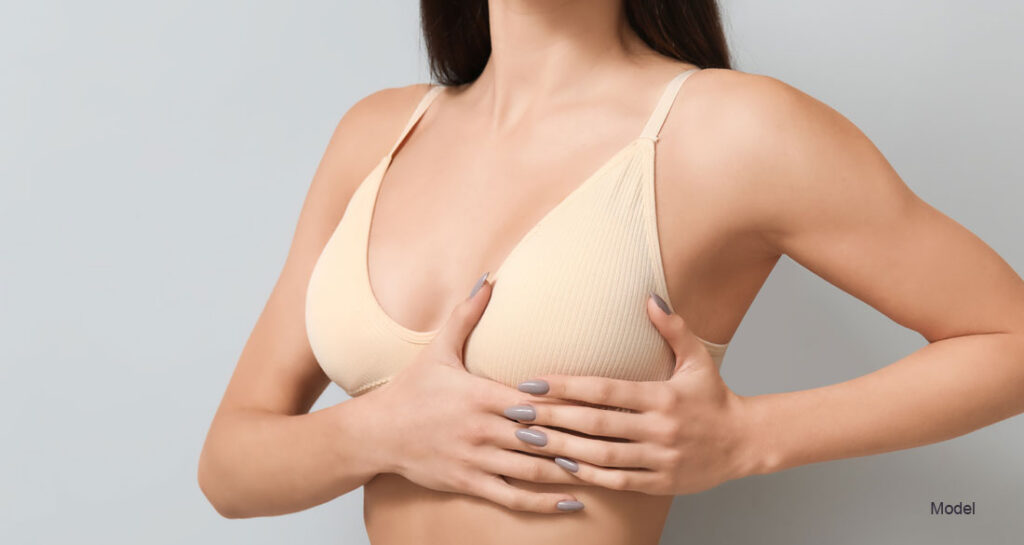July 22, 2025 | Breast Augmentation
5 minute read
This blog discusses how breast augmentation incisions relate to post-surgical scarring, what breast augmentation scars look like as they heal, and how to care for them to improve their appearance.

Table of Contents
- Everything About Breast Augmentation Scars
- Where Will My Breast Augmentation Scars Be?
- What Do Breast Augmentation Scars Look Like?
- Want to Learn More About Breast Augmentation in Grass Valley, CA?
Everything About Breast Augmentation Scars
Breast augmentation is an incredibly popular cosmetic procedure as it provides numerous benefits for patients, increasing self-confidence, creating a more curvaceous profile, and remedying issues with breast asymmetry and other aesthetic concerns.
These results appeal to countless women undergoing this procedure, but one question remains: Will breast augmentation leave scarring? The short answer is yes, but it’s more complicated than that. Your breast augmentation scars depend on a number of factors, including the placement of incisions, your approach to scar care, how successful your recovery is, and more.
Below, we’ll discuss what you can realistically expect from breast augmentation scars.
Where Will My Breast Augmentation Scars Be?
All surgical procedures result in some level of scarring; any time an incision or cut is made on the body, there is a chance it will leave a visible scar. Breast augmentation is no different; however, you can predict where your scar will be and how visible it might look based on the type of incision used to perform the surgery.
Breast Augmentation Incision Options
Each plastic surgeon has a preferred incision type, offering patients potential options for their procedures. However, certain incisions can only accommodate certain implant types, which affects the outcome of the result.
Some common breast augmentation incision types include:
- Periareolar: This incision encircles the nipple-areolar complex, resulting in a scar that is typically hidden by the contrast between the darker color of the areolas and the lighter surrounding skin. The greater the color contrast, the more camouflaged the scar will be. It is ideal for patients who are most concerned with hiding scars or are getting a combined augmentation and breast lift. This incision has the limitation of only being able to accommodate saline implants, or in some cases, silicone implants that are very small.
- Inframammary: This is one of the most popular breast augmentation incision types, as it allows for a wide range of implant types and sizes. The inframammary incision runs in a short horizontal line under the breast, where the breast tissue meets the chest wall. Technically, you can see this scar, but it is so often covered by bathing suits or bras, and is visible only when the breasts are lifted up.
- Transaxillary: This approach uses an incision in the armpit. It is less commonly used but has the advantage of leaving no scars on the breast at all. The main drawback is that the scar is more visible depending on the clothing worn, especially with the arms raised.
What Do Breast Augmentation Scars Look Like?
Breast Augmentation Scar Healing Timeline
Initial Healing: The First Week
Immediately after your breast augmentation, your incisions will be sutured up and covered in surgical gauze and a water-tight dressing. After about one week, your stitches will be taken out and you’ll see your incisions clearly for the first time: they’ll be red, raised, and a little swollen. Much like a fresh wound, it’s important to protect your incisions from damage and avoid putting pressure on them, as this can cause them to stretch and can result in more severe scarring down the road.
Your compression garment or surgical bra will help keep your breasts supported as they heal, so be sure to wear this per your surgeon’s instructions.
Incision Sealing and Initial Scar Care: Months 1–2
As your incision heals and closes (sometimes called sealing), and with the permission of your surgeon, you can begin scar care. Scar creams, silicone sheets, and gentle, daily massages can help your scar heal better, reducing redness and breaking down scar tissue for a smoother result. Your post-op instructions will contain specific recommendations on which scar creams are appropriate to use and when you may begin using them.
Don’t be discouraged if your scar is still red and raised; scar healing takes quite some time, but if you are consistent, you can help the process greatly.
Final Healing Stages: Months 6–12
Your scar will look very different from the first month of healing: most patients will see that their scars are light pink or even close to their skin tone, with thin, flat lines. By 12 months, most scars will have fully matured and stabilized to look their best. However, some scars may benefit from additional treatment during this period, such as laser therapy or steroid injections. If indicated, Dr. Lattyak will discuss these options with you.
Continue to care for your scars and always protect your skin from sun damage by using a strong SPF.
Want to Learn More About Breast Augmentation in Grass Valley, CA?
Dr. Bruce Lattyak is a triple board-certified plastic surgeon with decades of experience performing natural-looking and custom breast augmentations. To learn how Dr. Lattyak can help you achieve your goals while minding your preferences on scar locations, call the Élan Clinic today at (530) 273-3400 or fill out the contact form to request a consultation.
